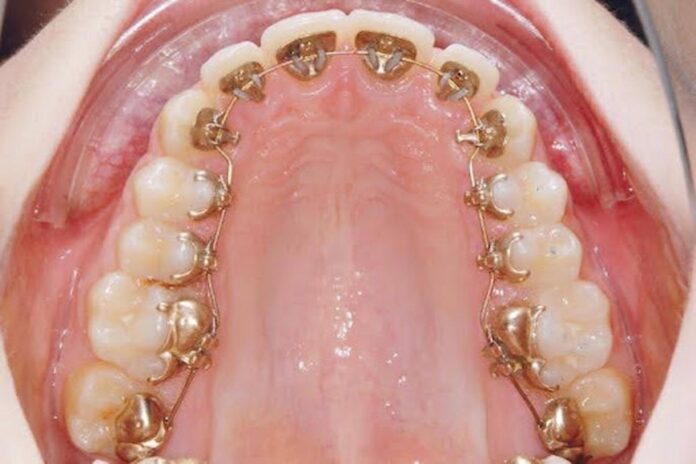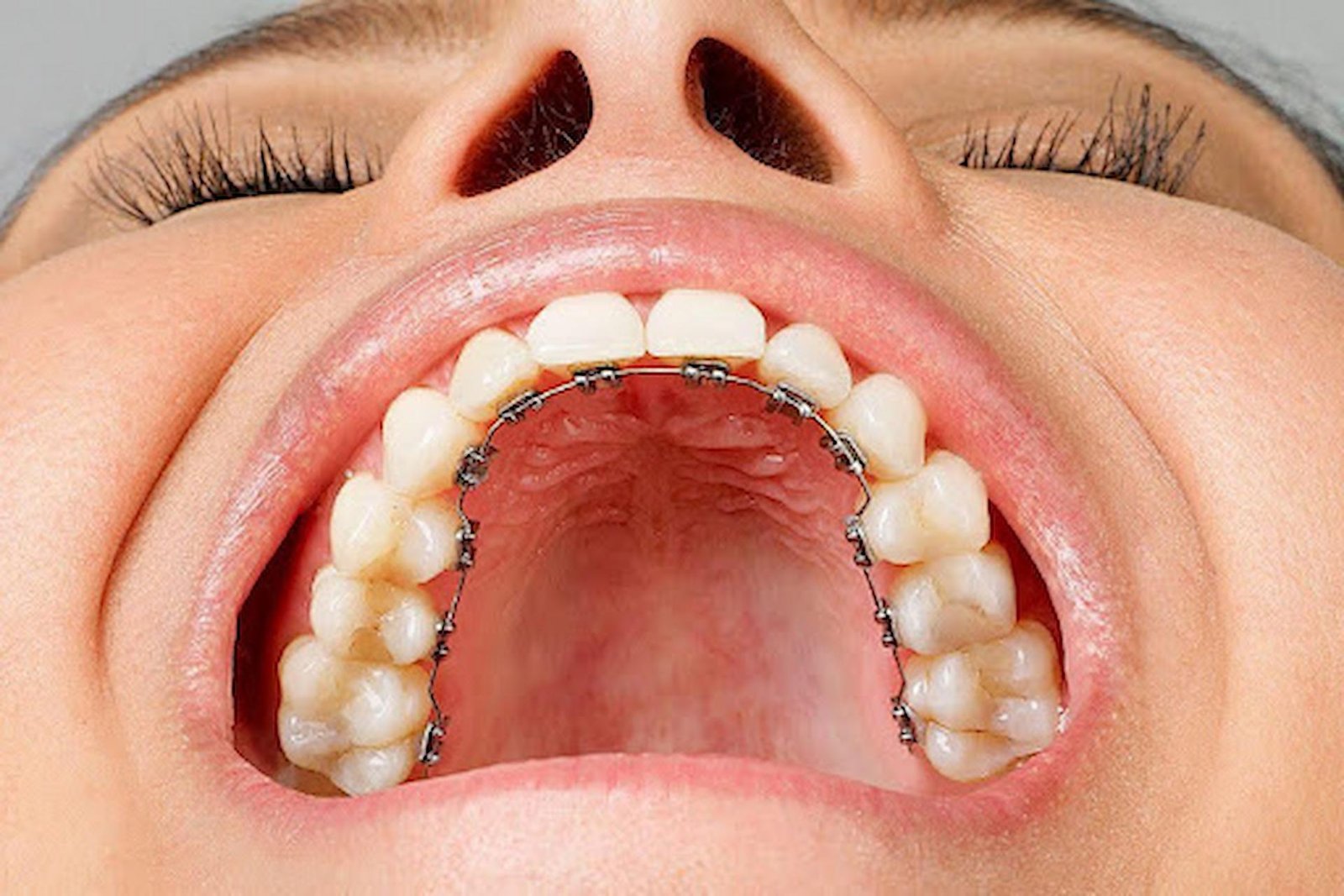When fabricating lingual braces, the dimensions and contours of a patient’s palate are considered. With custom-made metal or ceramic braces created from digital impressions, the tongue-facing surfaces of the teeth are temporarily glued together. To correct teeth, microscopic archwires that are attached to the brackets create exact pressure locations. Less visible when the mouth is closed are the lingual braces’ components since they are smaller than those of labial (front-facing) braces. Individuals seeking orthodontic treatment have the option of opting for unobtrusive metal brackets that blend in with their teeth’s shadows or more subdued braces that complement their tooth color. Despite not being completely invisible, lingual braces are incredibly discrete and deflect attention away from the teeth.
Fit and Comfort Considerations
According to a dentist working at a dental clinic for George Brown College students, having to undergo an initial period of adjustment while the braces are being adjusted to a foreign item and taking up space on the soft tissue below teeth is one of the main drawbacks of lingual braces. While the tongue adjusts to new articulation sites behind crowded teeth, lingual braces can affect speech and temporarily produce lisping in certain people. This is in addition to the general pain of the teeth pressing on individual brackets during the first few days after receiving braces. Furthermore, helpful in minimizing friction discomfort are orthodontic wax and wax applied over sharp metal brackets. For lingual braces, occlusal modifications require obtaining further digital impressions and having new wires precisely made to maintain progress, unlike front tooth braces, which an orthodontist can simply change.
Treatment Duration and Effectiveness
Typically taking 24 to 36 months to complete, lingual braces correct bite alignment and close gaps in teeth using the same physiological principles as standard bracket and wire braces. With a longer timescale, more exact customizations are possible after years of slow change. Because the tissues in the cheeks and tongue are not accustomed to frequent touch with metal components behind the teeth, it reduces the strain on them.
However, with lingual braces, teeth can be moved precisely and purposely because of fine control and tailored forces, leading to outstanding straight teeth upon braces removal. Lingual brackets and wires, composed of strong metal alloys, withstand continual pressures and moisture from the tongue better than ceramic or transparent tray systems without compromising their strength and integrity.
Ideal Candidates for Lingual Braces
Lingual braces are a better option for orthodontic candidates than front-facing ones for two main reasons: those who are worried about the appearance of visible metal braces, such as adults and teens, and those who have severe overcrowding or bite problems that require precise adjustments that can only be made with firmly cemented brackets attached to the back teeth. Teens who are concerned that wearing braces will make them stand out could find that lingual orthodontics is a modest treatment that works well for them when they are in high school. Lingual braces are also popular among professional musicians who play wind or reed instruments, which need complex embouchure skills that are incompatible with metal parts stuck to their cheeks and lips.
Because lingual braces require a great deal of customization, which drives up the cost, they are best suited for adult orthodontic patients who are currently in the working stages of their orthodontic journey rather than young children who are still growing and would need frequent bracket adjustments.









